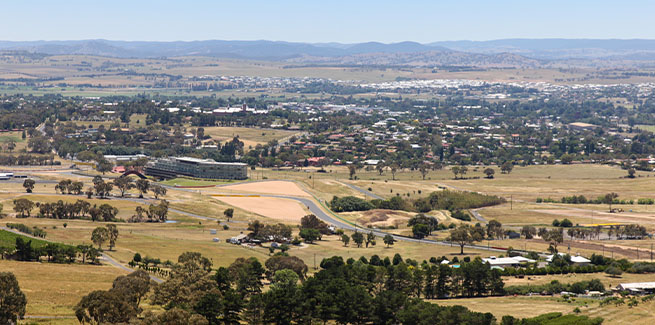Australians have been invited to submit their insights into regional bank closures to the recently established Regional Banking Taskforce over the coming weeks.
The taskforce is aiming to understand the impacts of branch closures and how customers are accessing banking services, as well as to help improve services and accessibility where branches have closed.
The submissions are meant to build on the discussions between senior representatives of the banks and other stakeholders, after the taskforce held its first meeting on 9 November in Sydney. It has further meetings scheduled for December and January.
As set out in a newly released issues paper, the group will analyse the trends in bank branch closures across regional Australia, assess the impacts on individuals, businesses, community organisations and regional industries; assess how banks have transitioned their services and identify alternatives.
Concerns have been raised around regional branch closures since the 1990s and 2000s, when banks were pressured to reduce their networks due to shifts in electronic banking and demographic shifts towards larger cities and towns.
But the fall in branches has escalated more recently, the information paper noted, with the number of branches in regional and remote Australia falling from around 2,500 to 1,900 in the four years to June 2021.
At a national level, total bank branches have declined from around 5,800 to 4,500 over the last four years, while ATMs have also dropped, down by around 20 per cent since hitting a peak in 2016.
Bank@Post points of presence on the other hand have held steady, with around 1,900 in regional and remote areas. Of these, 1,145 Bank@Post offices have no bank branch attached.
While Bank@Post does offer services such as cash withdrawals and deposits, account and balance checks, credit card repayments, and cheque deposits; customers can’t apply for a loan or open or close an account at their Post Office.
“The effects of these declines may be particularly felt in regional communities, where closures can affect the liveability of towns, especially for residents who are unable to use online services to do their banking,” the paper stated.
There were a number of impacts found in the 2004 parliamentary inquiry into branch closures, which included inconvenience, worry and extra costs involved in travelling to the nearest branch or learn new ways of banking; and the safety, security and savings implications when customers withdraw larger amounts of cash to tide them over until the next trip to a branch.
Further, lack of competition in the local area could force limited choices onto customers, which could lead to saving or investment losses, as well as further impacts from lack of readily available advice from local bank staff who understand the community.
The inquiry had also found that when customers drive a fair distance to do their banking, they are likely to buy other goods and services from the destination, such as buying coffee or doing their groceries – which could take business out of their region or home town.
However, survey data from the Australian Banking Association (ABA) has shown that millions of customers now use apps to conduct their banking, while other data has shown that more than 80 per cent of Aussies prefer to transfer money, pay bills or check account balances online.
The majority of Australians (72 per cent) were reported to have not visited a branch of their main bank in the month leading up to September.
In regional Australia, there is supposedly a high level of home internet access, with data from the Australian Communications and Media Authority indicating that in June, 95 per cent of adults in regional areas had internet access at home (the same as metropolitan areas and up from 82 per cent in June 2017).
Further, 89 per cent of internet users in regional areas performed banking activities online in the last six months, the same as metropolitan areas.
The information paper noted that around 64 per cent of regional Australians perform their banking with their main financial institution online via a computer, while 61 per cent do so via a phone. In contrast, 32 per cent visited a branch and 10 per cent used telephone banking.
The paper has already listed some suggested actions, stating that regional areas may need investment in improved telecommunications connectivity, regional education and rail infrastructure.
“The banking industry and the government can play a role in educating businesses and consumers to ensure good digital literacy,” the paper stated.
“This can enable customers to understand their options, make good decisions and enhance money management for all Australians.”
Other alternatives are being considered, such as Bank of Queensland’s franchise model for branches, or Heritage Bank’s community branches that involve a joint venture between the bank and investors from the local community.
Similarly, Queensland-based credit union The Capricornian has partnered with local councils and operates from council buildings.
The consultation process will open for four weeks with submissions closing on 18 December 2021.
The taskforce, co-chaired by Assistant Treasurer and Minister for Housing Michael Sukkar and NSW senator Perin Davey, was established in late October.
[Related: Home loan price war hits CBA’s margins]
 ;
;
